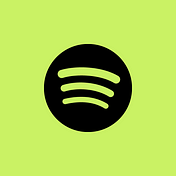Spotify Design

Spotify Design
Spotify Design are a cross-disciplinary product design community. We love to create great experiences and make connections between listeners and creators.

Spotify Design are a cross-disciplinary product design community. We love to create great experiences and make connections between listeners and creators.